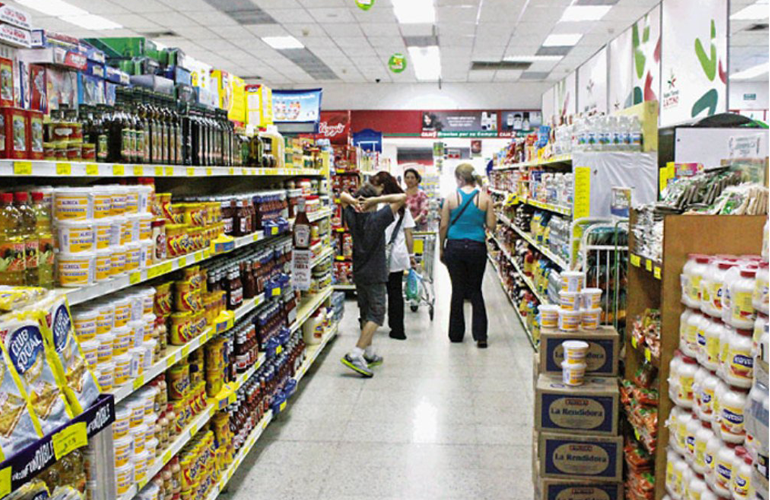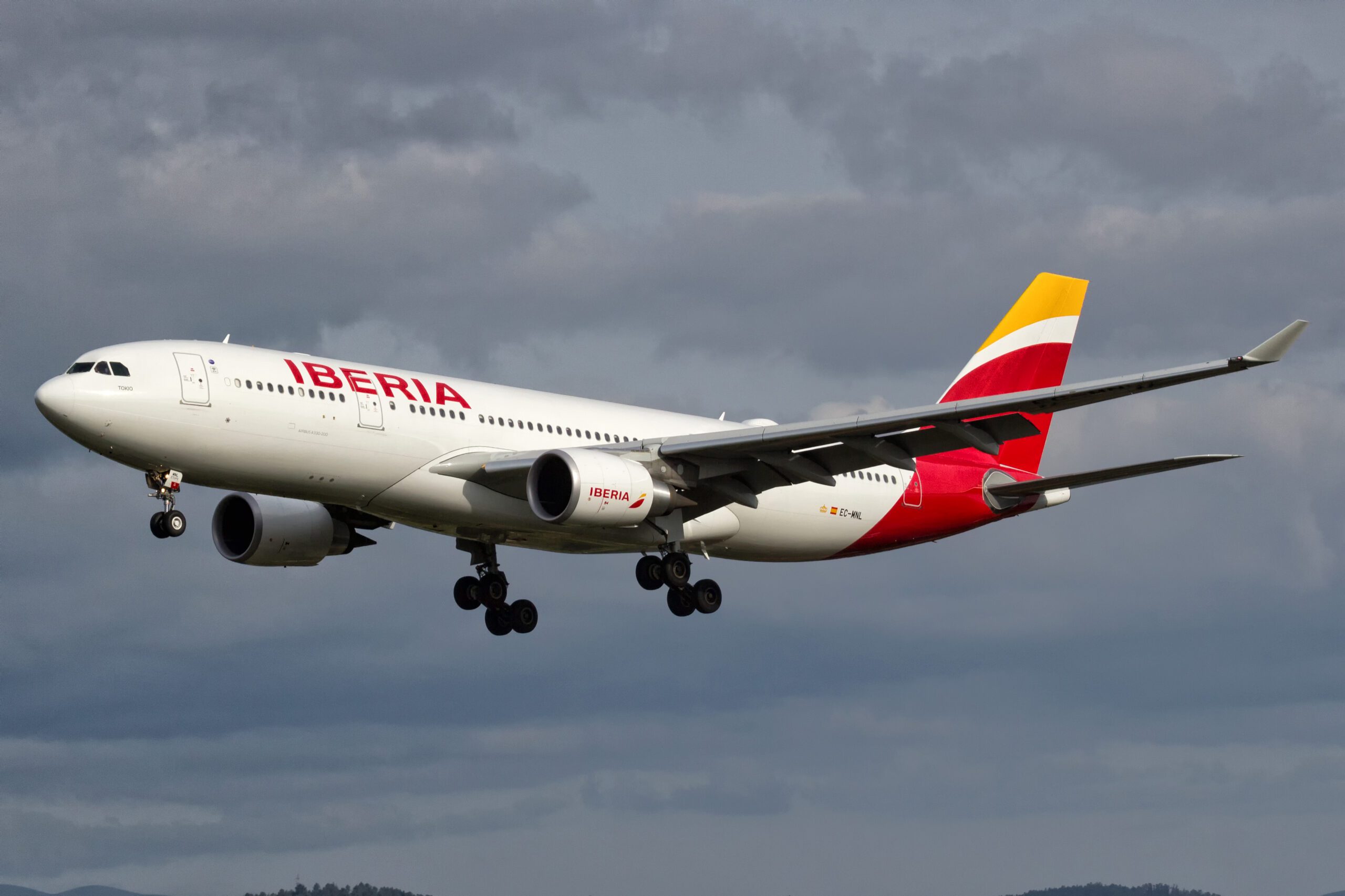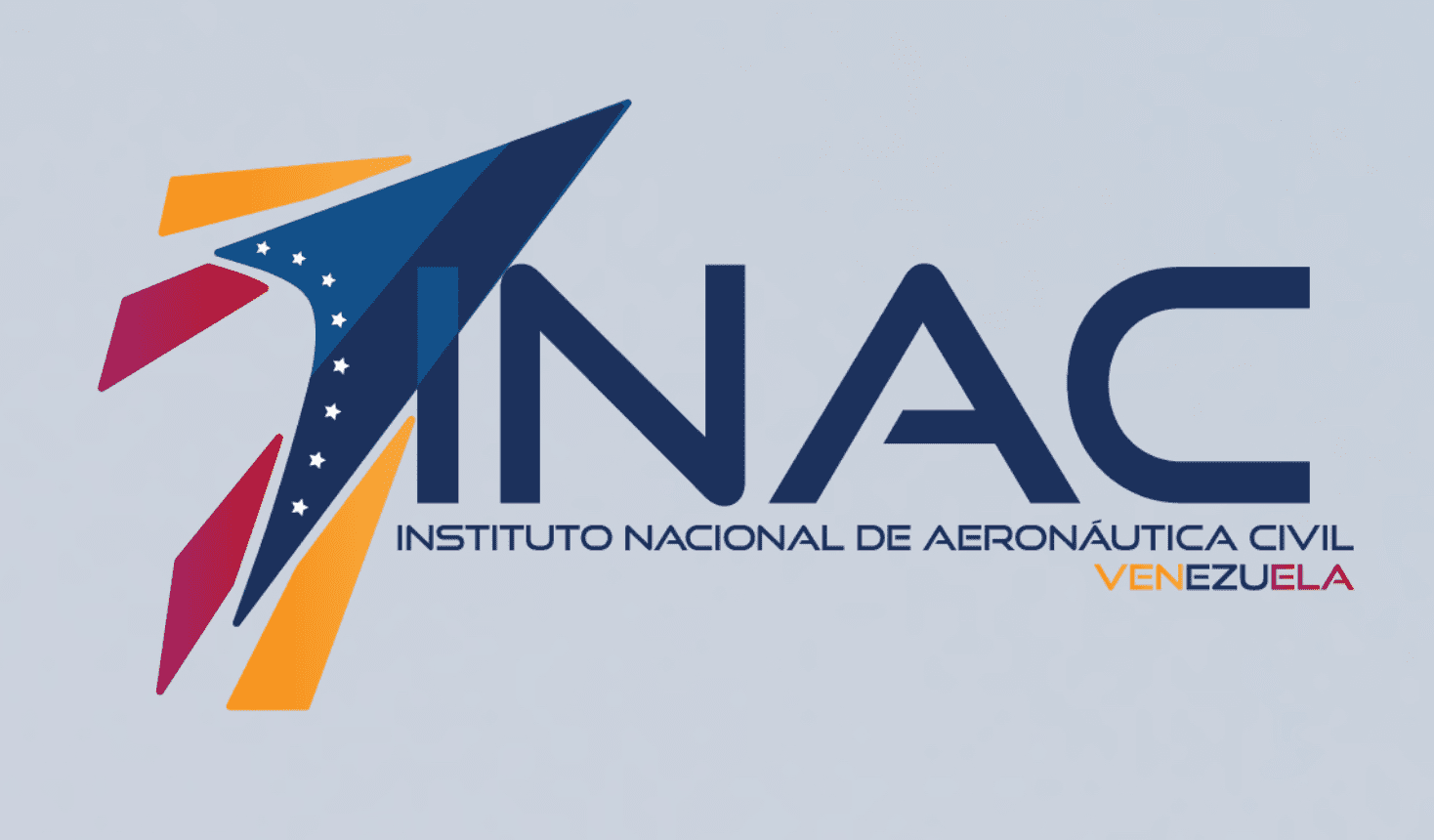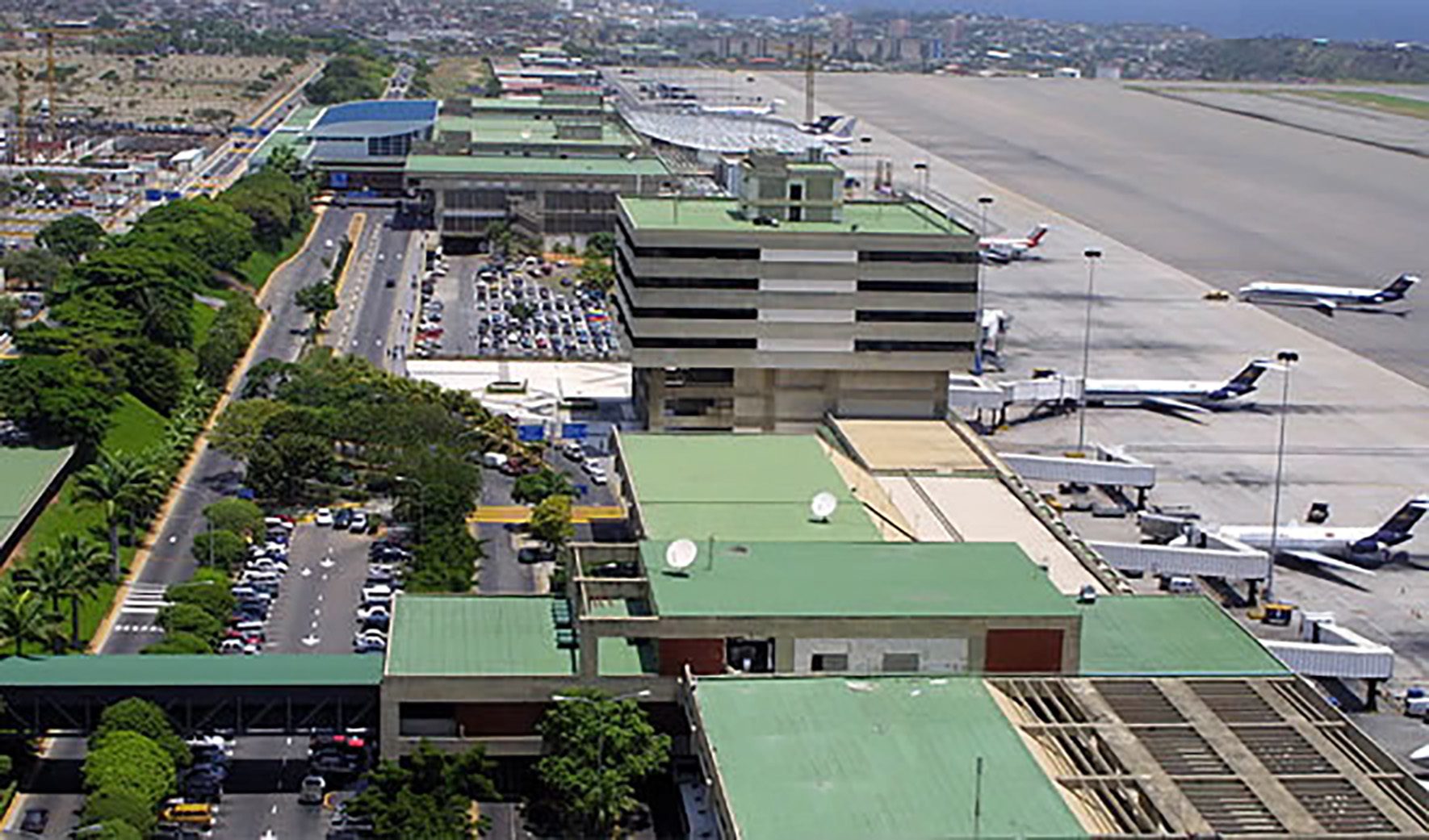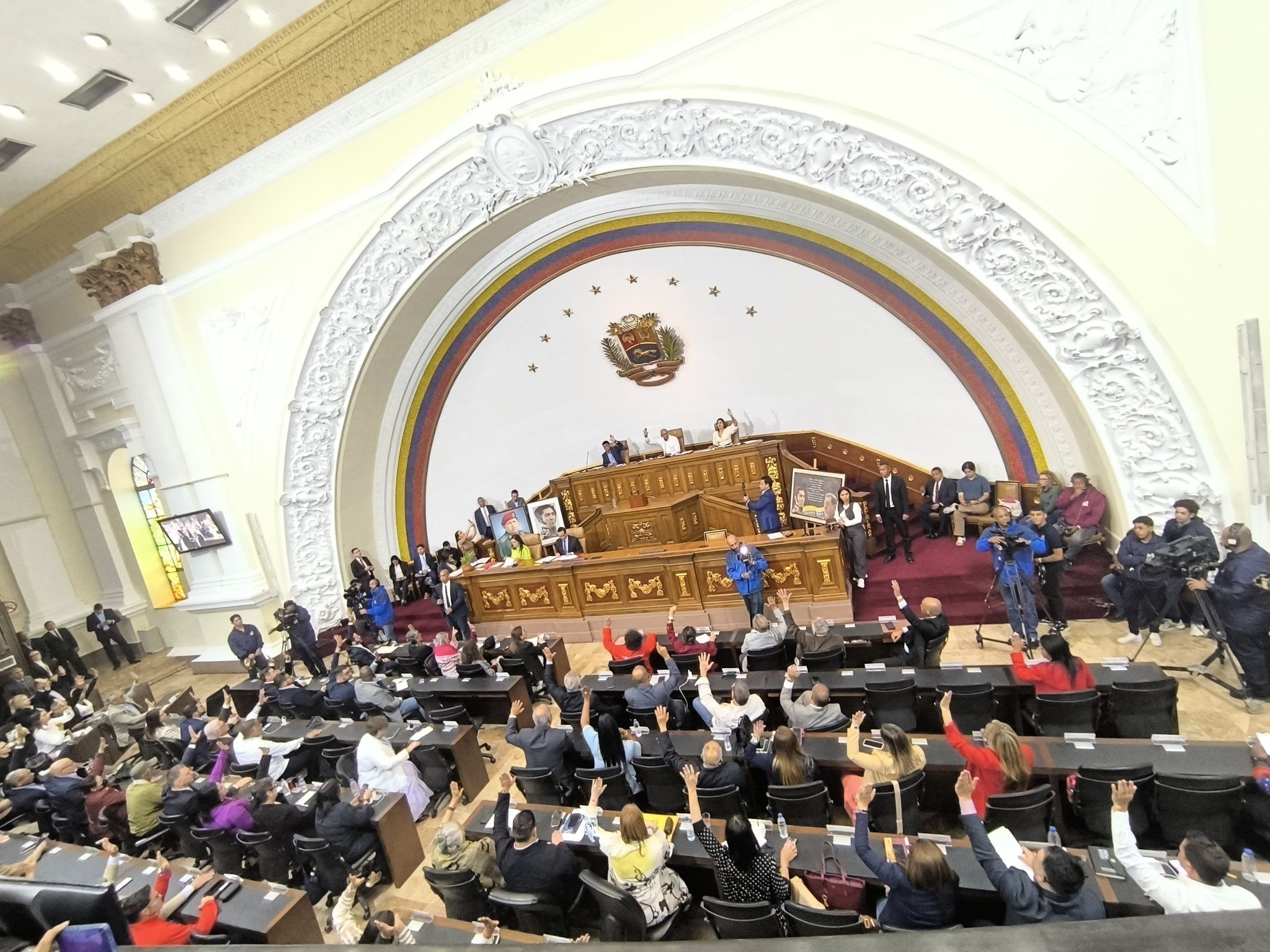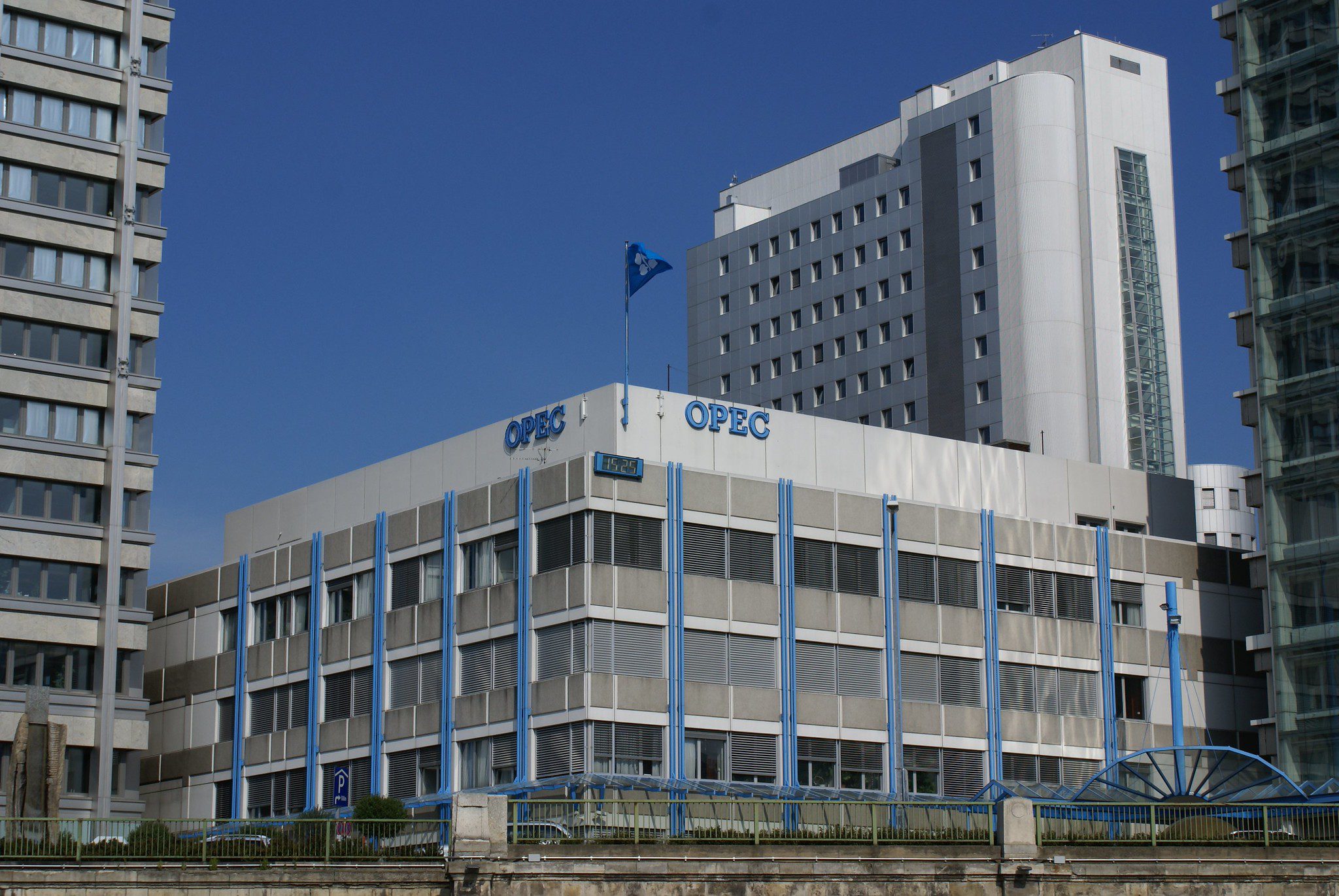In previous years, price adjustments have contributed to the disappearance of basic goods from store shelves and inflationary pressure, creating uncertainty among consumers. Photo: Archive
Guacamaya, June 4, 2025. The implementation of a new controlled pricing scheme is imminent, as its official publication in the Gaceta Oficial has been announced. Under the designation of “agreed prices for essential goods,” the Venezuelan government aims to regulate profit margins, particularly for basic foods such as chicken and eggs, which have already undergone adjustments.
Following meetings with business sector representatives, Vice President Delcy Rodríguez stated that the government’s goal is to curb speculation and stabilize the market. This measure can be seen as a response to the growing inflation of recent months, which, according to the Venezuelan Finance Observatory (OVF), has already reached 172%.
In an interview with Últimas Noticias, Congressman Ramón Lobo, chairman of the Finance Subcommittee of the National Assembly, explained that the new prices will be indexed to the exchange rate set by the Venezuelan Central Bank. According to his statements, the government does not intend for businesses to sell below production costs but rather to obtain a “reasonable profit.”
From the government’s perspective, price regulation will allow Venezuelans to improve their purchasing power. The aim, as already indicated, is to curb inflation, particularly in food, which, according to the latest OVF records, stood at 23% in April. According to Lobo, this measure is part of the “fight against speculation” and an effort to counter the so-called “economic war.”
A Path of Negative Consequences
This measure is not new. Since 2003, Venezuela has implemented various pricing controls under different names. However, these measures have been officially or forcefully lifted because their immediate effects are often unsustainable over time and can lead to counterproductive consequences.
One major effect is widespread shortages. In previous instances, price controls set amounts below actual production costs, leading producers to stop supplying goods, causing products to vanish from store shelves. Most recently, this was evident between 2015 and 2018, when shortages of food, medicine, and hygiene products were widespread.
Additionally, the emergence of black markets poses another risk. When scarcity or absence of products occurs in formal markets, parallel markets proliferate, driving prices far above their original value—even if price regulations were not in place. This leads to accumulated inflationary pressure, which eventually surges once regulations are lifted.
Moreover, the implementation of new pricing controls increases pressure on merchants, often resulting in inspections and penalties. In the past, government-led operations included inspections and even arrests of merchants accused of speculation. A recent case involved detentions linked to the foreign exchange market.
The negative ripple effects also impact the production system. When businesses cannot cover costs and secure sufficient profitability, domestic production declines, increasing reliance on imports and exposing Venezuela to external vulnerabilities—especially relevant amid ongoing global trade disputes.
The Challenge of Not Repeating History
After more than two decades of intermittent applications and subsequent removals of price controls, analysts widely agree that these policies have exacerbated inflation and shortages—contrary to their intended goal of protecting consumers, they erode purchasing power in the long run.
While the return of price adjustments is presented as a technical response to speculation complaints, it revives fears of past consequences. The biggest challenge for the government, which has previously acknowledged the ineffectiveness of price control systems, will be proving that the so-called “agreed prices” are truly different this time.

